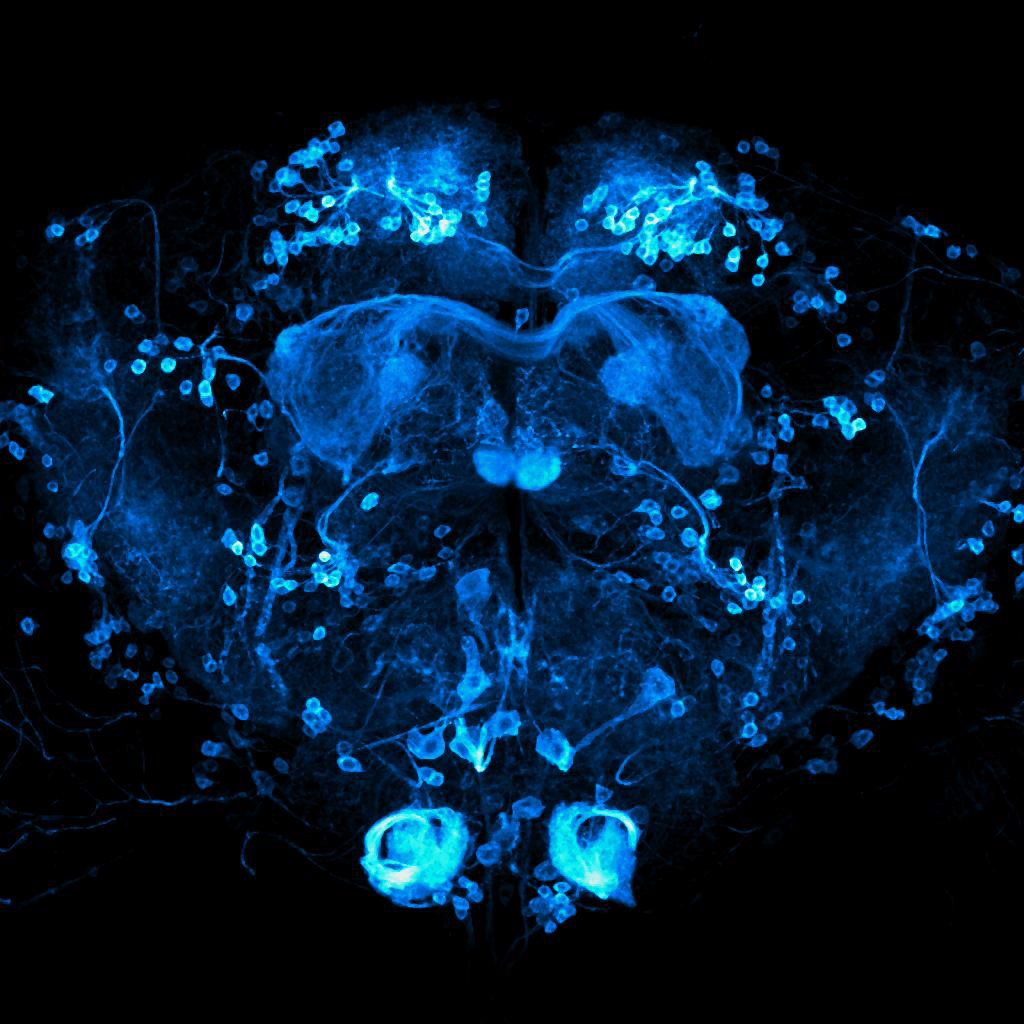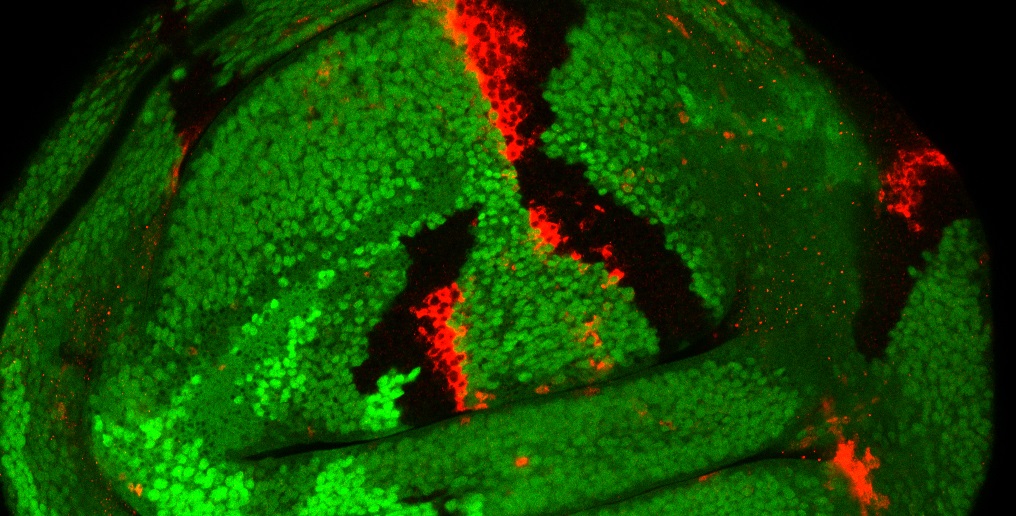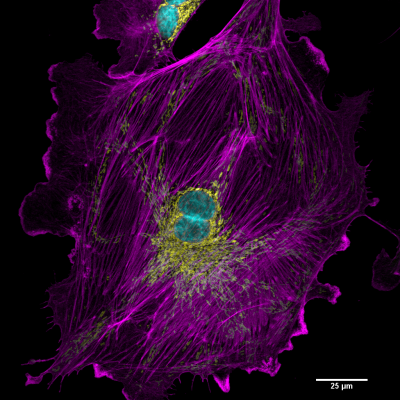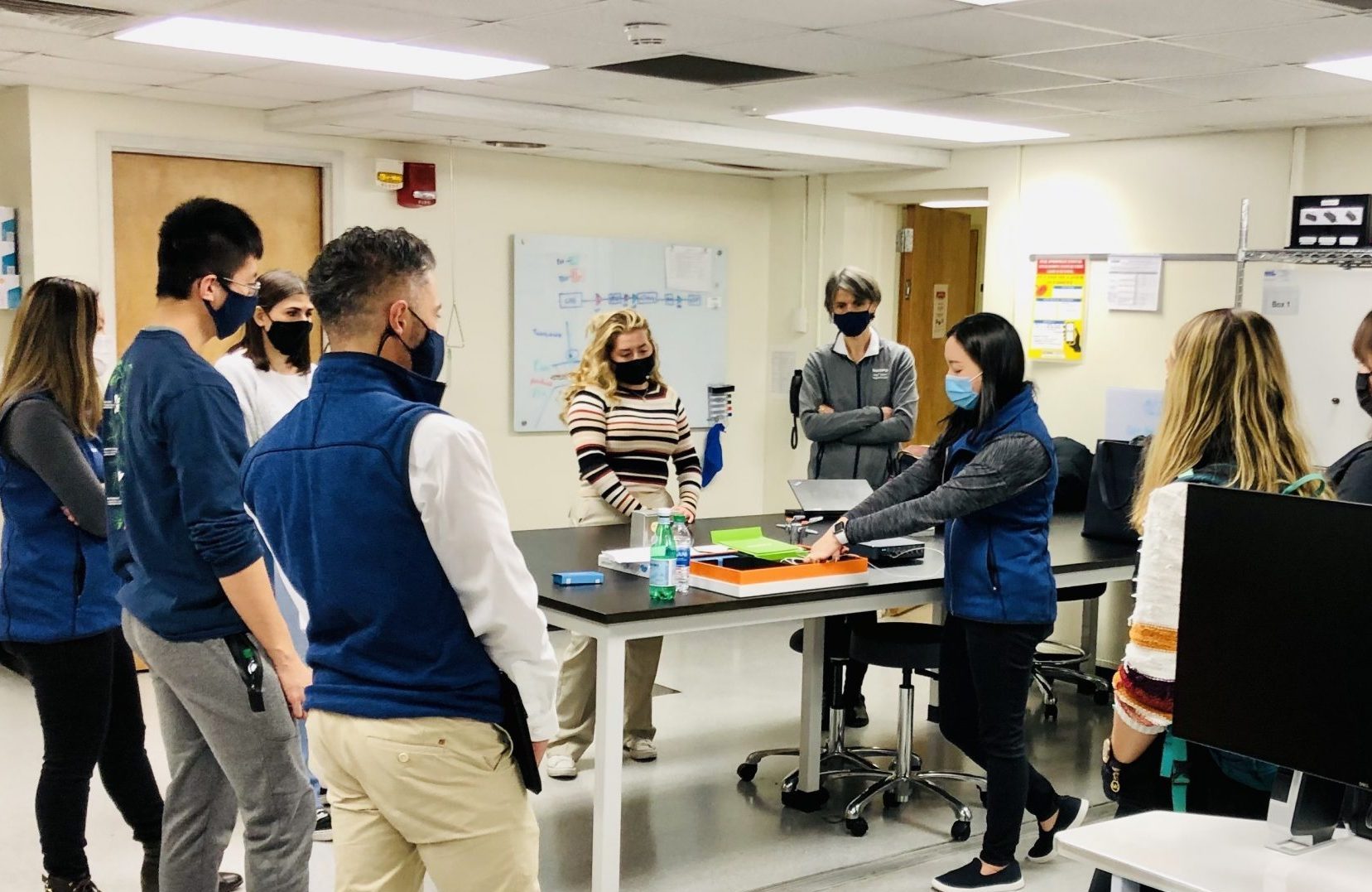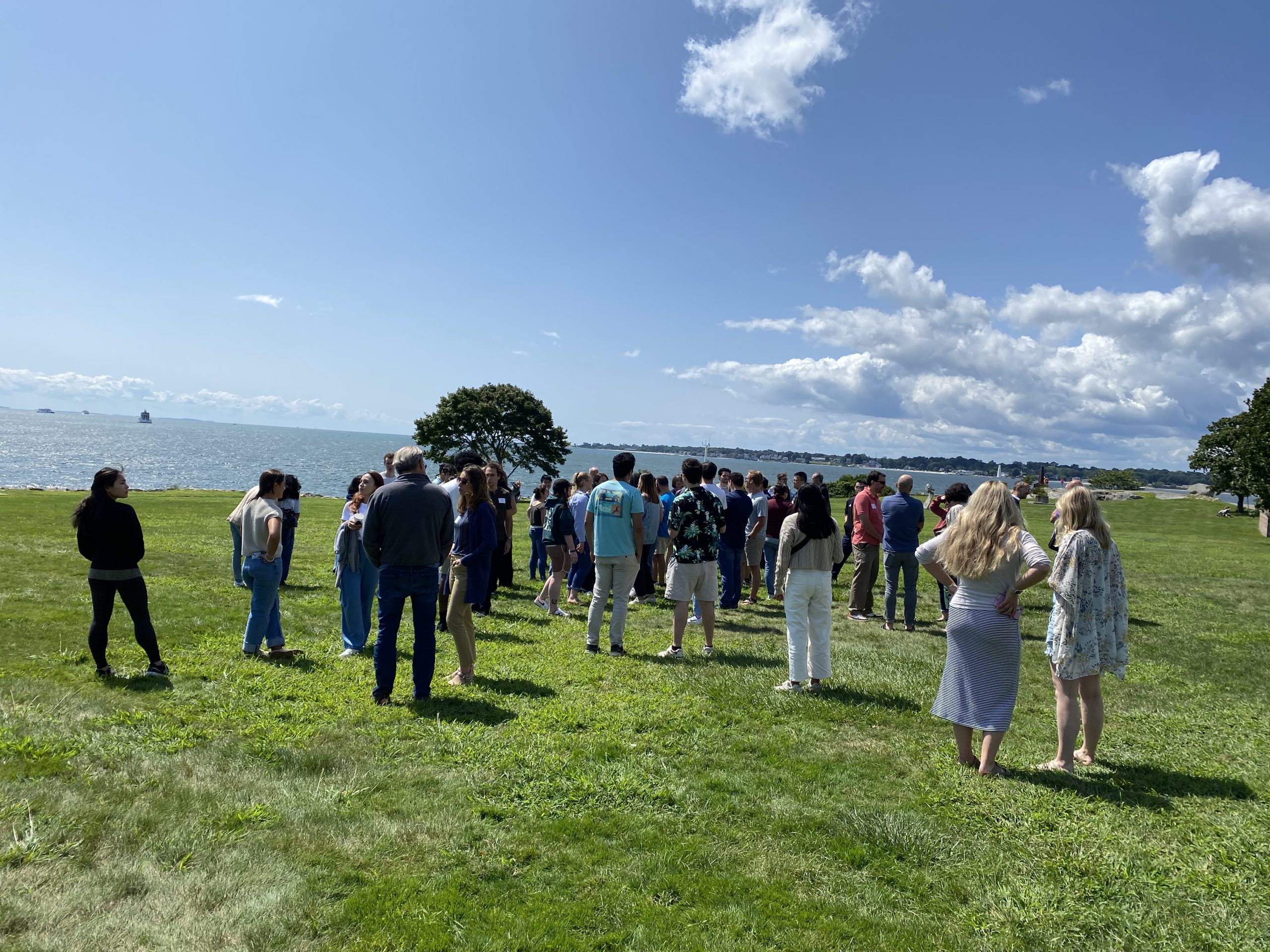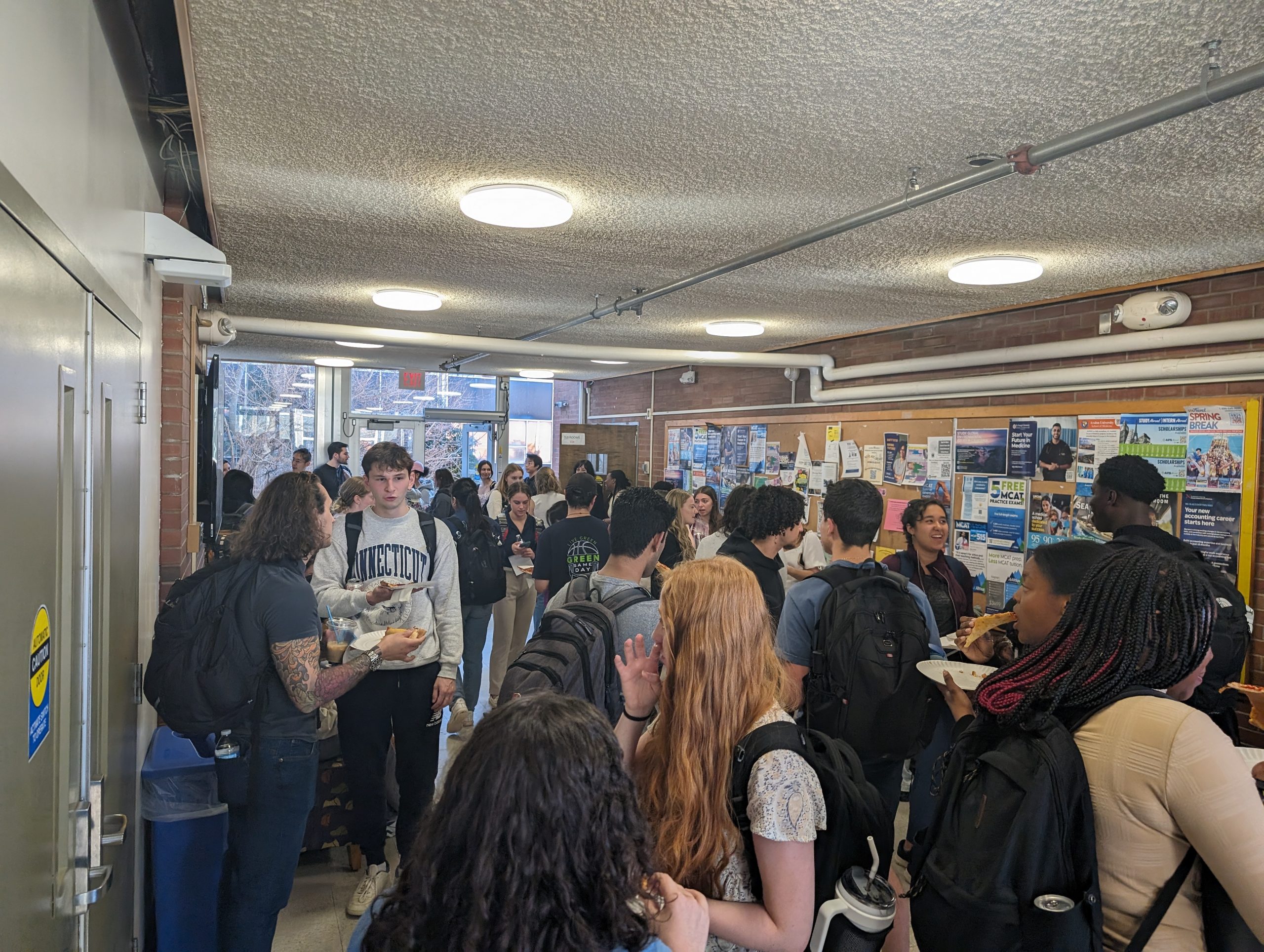
Vibrant, Interactive, & Inclusive Department. Investigating key physiology and neurobiology questions using diverse approaches

Vibrant, Interactive, & Inclusive Department. Investigating key physiology and neurobiology questions using diverse approaches

Vibrant, Interactive, & Inclusive Department. Investigating key physiology and neurobiology questions using diverse approaches

Vibrant, Interactive, & Inclusive Department. Investigating key physiology and neurobiology questions using diverse approaches

Vibrant, Interactive, & Inclusive Department. Investigating key physiology and neurobiology questions using diverse approaches
Click Here to view information and register for the 2025 Fall PNB Graduate Recruitment Open House
Department of
Physiology and Neurobiology
We carry out research and education that is innovative, collaborative, and centered on cutting-edge science. We bring together researchers and educators focused on the molecular, cellular, and circuit-based mechanisms that underlie diverse functions orchestrated by the brain and body. By integrating work across the spectrum of Physiology and Neurobiology, we aim to advance our understanding of brain-body functions and interactions under normal conditions and disease.
Our department is home to nationally recognized researchers in neuroscience, physiology, and education.
A Message From The Department Head
'Welcome to the website of the Department of Physiology and Neurobiology (PNB) at the University of Connecticut. PNB is a vibrant, collegial, interactive, and inclusive department housed in the Pharmacy/Biology, Torrey Life Science, and Biology/Biophysics Buildings on the UConn Storrs main campus. We are one of the twenty-five departments in the College of Liberal Arts and Sciences..
PNB is the home to twenty-six faculty members with diverse cultural and educational backgrounds who are at the forefront of investigating fundamental physiology and neurobiology questions. Research areas include many aspects of neurobiology, reproductive biology, vascular biology, developmental biology, RNA processing, neuronal modelling, and human disease models as well as research on STEM education. We also oversee the Bioscience Electron Microscopy Laboratory, which provides service and training to users across the Storrs campus.'
READ FULL MESSAGE'Welcome to the website of the Department of Physiology and Neurobiology (PNB) at the University of Connecticut. PNB is a vibrant, collegial, interactive, and inclusive department housed in the Pharmacy/Biology, Torrey Life Science, and Biology/Biophysics Buildings on the UConn Storrs main campus. We are one of the twenty-five departments in the College of Liberal Arts and Sciences.'
READ FULL MESSAGEBoundless Research
Boundless Research
 Recent Publications
Recent Publications
- Combining anti-gene γPNA with small molecules and RNA inhibitors: A strategy to enhance anti-tumor efficacy January 15, 2026Targeting genomic DNA to silence oncogenes is a promising strategy for cancer therapy. Gamma peptide nucleic acid (γPNA) targeting c-Myc genomic DNA has shown established efficacy in vitro and in multiple preclinical models. In this study, we investigated a combination treatment by integrating γPNAs with direct or indirect c-Myc inhibitors to further enhance the anti-tumor […]Sai Pallavi Pradeep, Brooke Elizabeth DiVasto, Peter M Glazer, Raman Bahal
- Mislocalization of KCNQ2 Channels as a Pathogenic Mechanism in KCNQ2 Developmental and Epileptic Encephalopathy December 19, 2025KCNQ2 potassium channel variants are linked to developmental and epileptic encephalopathy (DEE). However, the mechanisms by which pathogenic variants, especially those outside known hotspots, such as the S4-S5 linker, lead to disease remain unknown. Here, we examined the H228R variant, a pathogenic mutation in the S4-S5 linker associated with DEE. We tested whether H228R induces […]Kristen Springer, Heun Soh, Raquel Paz Zavala, Nissi Varghese, Cathleen Lutz, Aamir R Zuberi, Alexander C Jackson, Anastasios V Tzingounis
- ILP8 serves as a mature follicle sensor to prevent excessive accumulation of mature follicles in Drosophila ovaries and oocyte aging October 31, 2025Excessive mature follicle accumulation in ovaries harms oocyte health and offspring viability. The mechanism by which females count mature follicles in their ovaries remains a mystery. Recent work demonstrated that Drosophila insulin-like peptide 8 (ILP8) is expressed in mature follicle cells but not in younger follicles. Here, we found that ILP8 is not essential for […]Rebecca Oramas, Katarina Yacuk, Stella E Cho, Natalie R Aloisio, Jianjun Sun
- Multilayer regulation underlies the functional precision and evolutionary potential of the olfactory system October 29, 2025Sensory neurons must be reproducibly specified to permit accurate neural representation of external signals but also able to change during evolution. We studied this paradox in the Drosophila olfactory system by establishing a single-cell transcriptomic atlas of all developing antennal sensory lineages, including latent neural populations that normally undergo programmed cell death (PCD). This atlas […]Jérôme Mermet, Steeve Cruchet, Asfa Sabrin Borbora, Daehan Lee, Phing Chian Chai, Andre Jang, Karen Menuz, Richard Benton
- Developmental regulation of long-range neuroblast migration by Eph/ephrin signaling October 24, 2025In the developing mouse anterior forebrain, the rostral migratory stream (RMS) supports continued proliferation and efficient transportation of large quantities of neuroblasts from the ventricular-subventricular (V-SVZ) stem cell niche to the olfactory bulb (OB). Astrocytes aid this migration by providing a glial network through which chains of fasciculated neuroblasts move. The largest receptor tyrosine kinase […]Daria Yeroshenko, Chamalka de Silva, Anika Burli, Sarah Bellizzi, Vijender Singh, Joanne Conover
- Safety of Transcranial Motor-Evoked Potential Linked Quadripolar Montage October 17, 2025CONCLUSIONS: The use of qTceMEP does not increase or decrease a patient's risk of intraoperative injury. Both bipolar TceMEP and qTceMEP are safe, presenting a small incidence of oral injuries and no other adverse side effects.Cinira Diogo, Anthony Clanton, Stephen Holmberg, Brooke E Callahan, Adam T Doan
- Oxytocinergic signalling in the respiratory parafacial region increases the activity of chemosensitive neurons and respiratory output September 5, 2025The retrotrapezoid nucleus, located in the parafacial medullary region (RTN/pFRG), is crucial for respiratory activity and central chemoreception. Recent evidence suggests that neuromodulation, including peptidergic signalling, can influence the CO(2)/H^(+) sensitivity of RTN neurons. The paraventricular nucleus of the hypothalamus (PVN) projects to the ventral medullary surface, including the RTN, and is considered the primary […]Emmanuel V Araujo, Phelipe E Silva, Luiz M Oliveira, Yingtang Shi, Ana C Takakura, Daniel K Mulkey, Thiago S Moreira
- Stress reactivity is modulated by cannabinoid type-1 receptors in norepinephrine and epinephrine neurons in a context-dependent manner August 30, 2025Disruptions in the endocannabinoid system (ECS) and norepinephrine/epinephrine (NE/E) system are individually linked to stress-related neuropsychiatric disorders, but their interaction in shaping stress responses remains unclear. We investigated the role of the ECS's primary receptor, cannabinoid type-1 receptor (CB1R), in NE/E-producing neurons using anatomical, behavioral, and physiological analyses in a conditional knockout mouse model (Cnr1^(cKO-Dbh)), […]Christopher B Engborg, Manaswini Pujar, Rahul N Kanadia, Natale R Sciolino
- A New Method to Visualize Retinal Deep Vascular Layers Using Whole-Mount Tissue Preparations August 26, 2025The mouse retina is a widely used model to study sprouting angiogenesis. Most blood vessel staining protocols focus on the superficial vascular layer. Here, we describe a method to obtain thick sections of retina whole-mounts that allow for detailed visualization of diving vascular sprouts, and deep and intermediate-layer angiogenesis. This protocol does not require extra […]Julia Migliorati, Georgia Zarkada
- Disentangling spatial organization and splicing of rare intron classes in the human genome August 20, 2025Three-dimensional (3D) genome organization influences transcription and RNA processing, yet how the spatial positioning of genes contributes to pre-mRNA splicing has only recently come into focus. Despite these advances, it remains unclear how introns, particularly rare intron classes, are organized within the 3D genome and whether this organization influences their splicing. Here, we mapped the […]Saren M Springer, Katherine Fleck, Kaitlin N Girardini, Sean M Riccard, Jelena Erceg, Rahul N Kanadia
- Retrotrapezoid nucleus chemoreception: mechanisms of function and contributions to disordered breathing in disease August 15, 2025The brain regulates breathing in response to changes in CO(2)/H^(+) by a process referred to as respiratory chemoreception. The retrotrapezoid nucleus (RTN) is essential for this function. RTN neurons are intrinsically activated by CO(2)/H^(+). Astrocytes contribute as well, by providing a CO(2)/H^(+)-dependent purinergic drive to augment neural activity directly and indirectly by causing vasoconstriction. Here, […]Daniel K Mulkey, Thiago S Moreira, Ana C Takakura, Sarvin Jahanbani, Michelle L Olsen
- Pharmacological Targeting of Hyperpolarization-Activated Cyclic Nucleotide-Gated Cation Channels on Bladder Afferent Sensory Transmission August 5, 2025CONCLUSION: Our targeted pharmacological studies with single-fiber recordings and immunohistological staining collectively suggest that HCN channels do not play a significant role in bladder afferent sensory transmission.Eric Woon, Jorge Villalobos Santeli, Jia Liu, Longtu Chen, George Kuchel, Bin Feng
- Ketone body supplementation into a standard high-carbohydrate diet reduces fecundity, delays larval development, and may induce autophagy in Drosophila melanogaster August 3, 2025Fasting (typically intermittent; IF), caloric restriction (CR), and the increasingly-popular high-fat, low-carbohydrate ketogenic diet (KD) count among many starvation-mimicking dietary regimens known to exert diverse effects on cellular and whole-organism behavioral, developmental, and physiological parameters. These effects include lowering neuronal excitability, inducing the cellular-component-recycling process of autophagy, altering reproductive outcomes (especially in pathological cases),...Meredith L Becher, Fangyi Coco Zhai, Matthew L Gilbert, Dariana I Mota, Leroy A Griffiths, Mirsha Pierre, Ashwath R Athreya, Fiona S Boyd, Aliya M Cameron, Meaghan R Cameron, Stephan E Desir, Yumeng Han, Jacqueline Kaba, Ondrea J G Kerr, Hayden G Kowalski, Siddhi M Patel, Dulce G Pineda, Rhythm Pravasi, Maya D Ravi, Xinyue Shang, Faith Thomas, Ty J Zaccagnini, Priya Aggarwal, Natalie R Aloisio, Kate M Gavilanes, Katelyn E Mooney, Tina Fortier, Jeffrey N Divino, Craig T Woodard, Geoffrey R Tanner
- Inhibition of the minor spliceosome restricts the growth of a broad spectrum of cancers July 7, 2025Minor splicing is an under-appreciated splicing system required for the correct expression of ~700 genes in the human genome. This small subset of genes (0.35%) harbours introns containing non-canonical splicing sequences that are recognised uniquely by the minor spliceosome and cannot be processed by the major spliceosome. Using in vivo zebrafish and mouse cancer models, […]Karen Doggett, Kimberly J Morgan, Anouk M Olthof, Stephen Mieruszynski, Benjamin B Williams, Alexandra L Garnham, Michael J G Milevskiy, Lachlan Whitehead, Janine Coates, Michael Buchert, Robert J J O'Donoghue, Thomas E Hall, Tracy L Putoczki, Matthias Ernst, Kate D Sutherland, Rahul N Kanadia, Joan K Heath
- H- and m-channel overexpression promotes seizure-like events by impairing the ability of inhibitory neurons to process correlated inputs June 30, 2025Channelopathies affecting the hyperpolarization-activated cyclic nucleotide gated (HCN or h-) channel and the Kv7 voltage gated m-type potassium (m-) channel present a paradox in epilepsy research: despite experimental evidence that both over- and underexpression of these channels can be epileptogenic, channel overexpression does not appear to increase the excitatory-inhibitory (E-I) balance as caused by channel […]Scott Rich, Taufik A Valiante, Jérémie Lefebvre
Thank you for considering a donation—your support helps us continue to grow, inspire, and create opportunities for future generations.
Diversity, Equity, and Inclusion
The Department of Physiology and Neurobiology seeks to provide a nurturing environment for all students. As a department, we are committed to cultivating an inclusive community for instruction, research, and outreach activities congruent with the mission of the College of Liberal Arts and Sciences and the University.
PNB News
Members of our department are making the latest advancements in science and education and obtaining competitive grants and awards. Check out our PNB News site where we highlight members of our community and the latest PNB news!
Undergraduate Program
Our goal is to prepare our students for diverse careers in research, medicine, biotechnology, government, and many other fields. Undergraduate students in PNB courses are trained to think critically about classic and emerging challenges in the field, as well as a diverse range of tools to take them on.
Graduate Program
Our department offers a Ph.D. program, and M.S. programs that are either thesis or coursework. Our graduate program focuses on the development of technical skills, critical thinking, and effective scientific communication. Our faculty are well funded and work closely with students to engage in cutting-edge research. In addition to these advanced degrees, our department offers a one-year M.S. program in Surgical Neurophysiology for students who are interested in intraoperative neuromonitoring (IONM).
Upcoming Events
If not explictly stated otherwise, start_date/today and end_date/6 months are implied in the URL.
-
Jan28PNB Seminar Series: Dr. Anne EichmannTorrey Life Sciences Building10:30 AM
On Wednesday, January 28, 2026, Dr. Anne Eichmann will be here at UConn Physiology and Neurobiology from Yale School of Medicine, hosted by Dr. Georgia Zarkada. Her seminar talk will be titled, “Harnessing endothelium to promote brain health.”
-
Feb11PNB Seminar Series: Dr. Yaoguang LiTorrey Life Sciences10:30 AM
On Wednesday, February 11, 2026, Dr. Yaoguang Li will be here at UConn Physiology and Neurobiology from UConn Library to give a special seminar on library resources for graduate student navigation of publication landscape and related research needs. Her seminar talk title will be announced shortly.
-
Feb18PNB Seminar Series: Dr. Maria GervasiTorrey Life Sciences Building10:30 AM
On Wednesday, February 18, 2026, Dr. Maria Gervasi will be here at UConn Physiology and Neurobiology from UConn department of Animal Science, hosted by Dr. Jianjun Sun. Her seminar title will be announced shortly.
-
Feb23PNB Recruitment InterviewsPharmacy/Biology BuildingALL DAY
Candidates for the Fall 2026 Physiology and Neurobiology PhD program will come to UConn in-person to interview, meet with faculty and tour labs.
Featured Posts
- Alexandra Salem: Summer Undergraduate Research Fund (SURF) AwardAlexandra Salem was awarded the Summer Undergraduate Research Fund award for her project described below: Patients with Rett syndrome (RTT) are at increased risk of anesthesia-related complications usually involving respiratory insufficiency or cardiac arrythmia. Preliminary results suggest this phenotype is recapitulated in a mouse model of RTT where delivery of injectable or volatile anesthetic results […]





